Introduction
In the vast realm of culinary arts, stir-frying stands as a testament to the harmony of heat, seasoning, and technique. It is a cooking method that elevates simple ingredients to extraordinary dishes, preserving their freshness while infusing them with layers of flavor. Among the myriad of ingredients that lend themselves well to stir-frying, pork tripe—a versatile and underappreciated cut—holds a special place. Known for its rich texture and ability to absorb flavors, pork tripe, when prepared correctly, can transform into a delightful and satisfying meal. This guide aims to demystify the process of stir-frying pork tripe, walking you through each step with meticulous detail, ensuring that you can create a restaurant-quality dish at home.
Understanding Pork Tripe
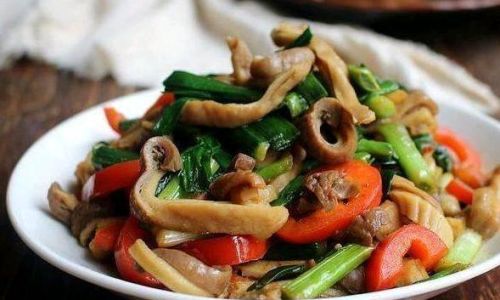
Before diving into the stir-frying process, it’s crucial to understand what pork tripe is and why it’s worth mastering. Pork tripe refers to the stomach lining of a pig, which, when cleaned and cooked properly, offers a unique texture and mild flavor. It’s high in protein and low in fat, making it a nutritious choice for those seeking a hearty yet healthy meal. However, its preparation requires care and patience to avoid any off-putting textures or smells.
Selecting and Preparing Pork Tripe
-
Choosing Quality Tripe: Start by selecting fresh, high-quality pork tripe from a reputable butcher or grocery store. Look for tripe that is firm, has a clean appearance, and lacks any unpleasant odors.
-
Cleaning the Tripe: Cleaning pork tripe is vital for removing any impurities and ensuring a pleasant eating experience. Begin by rinsing the tripe under cold running water. Next, use a stiff brush or the back of a knife to scrape off any remaining fat or membranes. Soak the tripe in a solution of vinegar and water (one part vinegar to three parts water) for about 30 minutes to further sanitize and remove any lingering odors. Rinse thoroughly after soaking.
-
Blanching: Blanching the tripe helps to firm up its texture and remove any remaining impurities. Place the cleaned tripe in a pot of boiling water and cook for about 5-7 minutes. Drain and rinse under cold water to stop the cooking process.
-
Cutting the Tripe: Once cooled, slice the tripe into thin strips or bite-sized pieces. Thinner slices will cook more evenly and quickly, ensuring a tender texture.
Marinating for Flavor
Marinating pork tripe is a crucial step that cannot be overlooked. It not only adds depth of flavor but also tenderizes the meat, making it more enjoyable to eat. Here’s a simple yet effective marinade recipe:
-
Ingredients:
- 2 tablespoons soy sauce
- 1 tablespoon Shaoxing wine (or dry sherry)
- 1 teaspoon sesame oil
- 1 teaspoon cornstarch
- 1 teaspoon white pepper
- 1 clove garlic, minced
- 1/2 teaspoon ginger, minced
-
Instructions: In a bowl, whisk together all the marinade ingredients until well combined. Add the sliced tripe and toss to coat evenly. Let it marinate for at least 30 minutes, preferably refrigerated, to allow the flavors to penetrate the meat.
Gathering Stir-Fry Ingredients
A well-rounded stir-fry is more than just the main ingredient; it’s a harmonious blend of vegetables, aromatics, and sauces. Here are some suggested additions:
- Vegetables: Bell peppers, onions, carrots, snap peas, and broccoli florets add color, texture, and nutrients.
- Aromatics: Garlic, ginger, and scallions provide a foundation of flavor.
- Sauces and Seasonings: Oyster sauce, soy sauce, hoisin sauce, and a touch of sugar or honey can balance the dish, adding sweetness and umami.
- Oil: A high-smoking-point oil like peanut, vegetable, or grapeseed oil is ideal for stir-frying.
The Stir-Frying Technique
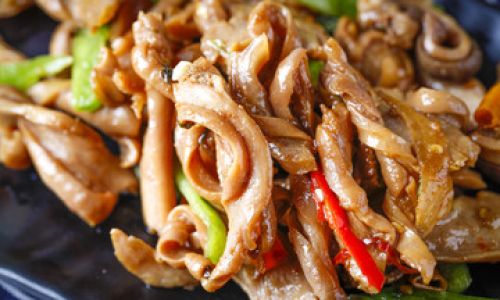
Now, let’s dive into the heart of the matter—the stir-frying process. A well-executed stir-fry is a symphony of heat, movement, and timing. Here’s how to achieve it:
-
Heating the Wok or Pan: Preheat your wok or large, flat-bottomed skillet over high heat until it’s almost smoking. This ensures an immediate, intense heat that sears the ingredients, locking in juices and flavors.
-
Adding Oil: Pour in enough oil to coat the bottom of the wok or pan. Swirl it around to ensure even distribution.
-
Aromatics First: Add the minced garlic and ginger to the hot oil. Stir-fry for about 10 seconds until fragrant but not burnt. This step is crucial as it flavors the oil and sets the stage for the rest of the dish.
-
Vegetables: Quickly add the harder vegetables like carrots and bell peppers. Stir-fry for about 2 minutes, allowing them to soften slightly while retaining their crispness. Then, add the quicker-cooking vegetables like snap peas and broccoli florets. Continue to stir-fry for another minute.
-
Pork Tripe: Push the vegetables to the sides of the wok or pan and add a bit more oil if needed. Add the marinated pork tripe, spreading it out in a single layer. Stir-fry for about 2-3 minutes, stirring occasionally to prevent sticking and ensure even cooking. The tripe should be slightly browned and tender.
-
Saucing: Make a well in the center of the wok or pan and pour in any remaining marinade, along with additional sauces like oyster sauce and soy sauce. Stir to combine, allowing the sauces to coat the tripe and vegetables evenly. If the dish seems dry, add a splash of chicken or vegetable broth.
-
Final Touches: Taste and adjust the seasoning with additional soy sauce, sugar, or pepper as needed. Add the sliced scallions and stir-fry for another 30 seconds to wilt them slightly.
-
Serving: Transfer the stir-fried pork tripe to a serving dish and garnish with chopped cilantro or sesame seeds for an added touch of freshness and crunch.
Conclusion
Stir-frying pork tripe may seem like a daunting task at first, but with the right techniques and ingredients, it can become a beloved dish in your culinary repertoire. The key lies in meticulous preparation, a well-balanced marinade, and mastering the art of high-heat cooking. Remember, stir-frying is as much about technique as it is about intuition and taste. Don’t be afraid to experiment with different vegetables, sauces, and seasonings to find the combination that suits your palate best. With practice, you’ll soon be able to create a stir-fried pork tripe dish that rivals the best restaurants, all while enjoying the satisfaction of a homemade meal. Happy cooking!
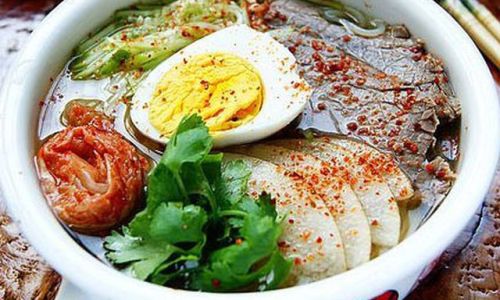
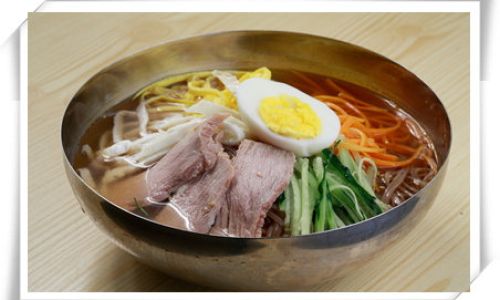
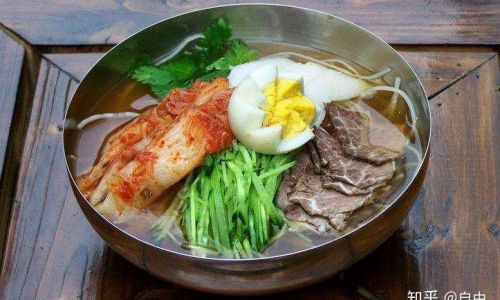
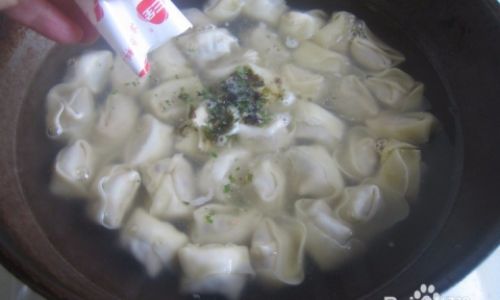
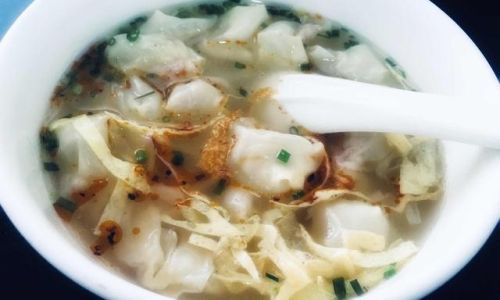

0 comments